Keeping a home clean can often feel repetitive, but sometimes the most effective solutions come from unexpected methods. Beyond conventional cleaning sprays and detergents, there are unique tricks that make chores easier, save money, and even help the environment. From using kitchen staples in unconventional ways to leveraging everyday items you already own, these unusual cleaning tips work surprisingly well. Each tip is simple to try and can transform tedious tasks into something more efficient and even a little fun.
1. Use a Tennis Ball to Clean Scuff Marks
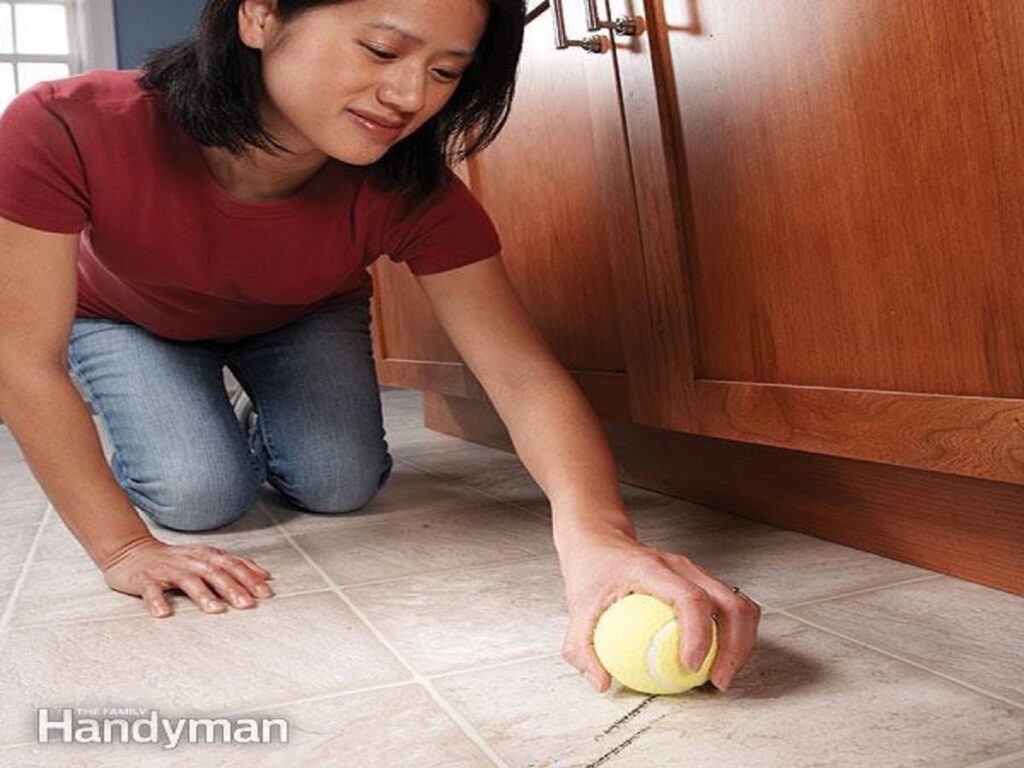
Scuff marks on floors, especially wooden or vinyl surfaces, are frustrating to remove. Instead of harsh chemicals, a tennis ball can do the trick. Rub the ball directly over scuffs, and the rubber helps lift marks without scratching the surface. This method works particularly well on light-colored floors, where black scuffs stand out the most. Plus, it’s eco-friendly and inexpensive. Many people overlook this method, but its simplicity makes it an effective go-to solution when other cleaners fail to remove stubborn marks.
2. Rice to Clean Narrow Bottles
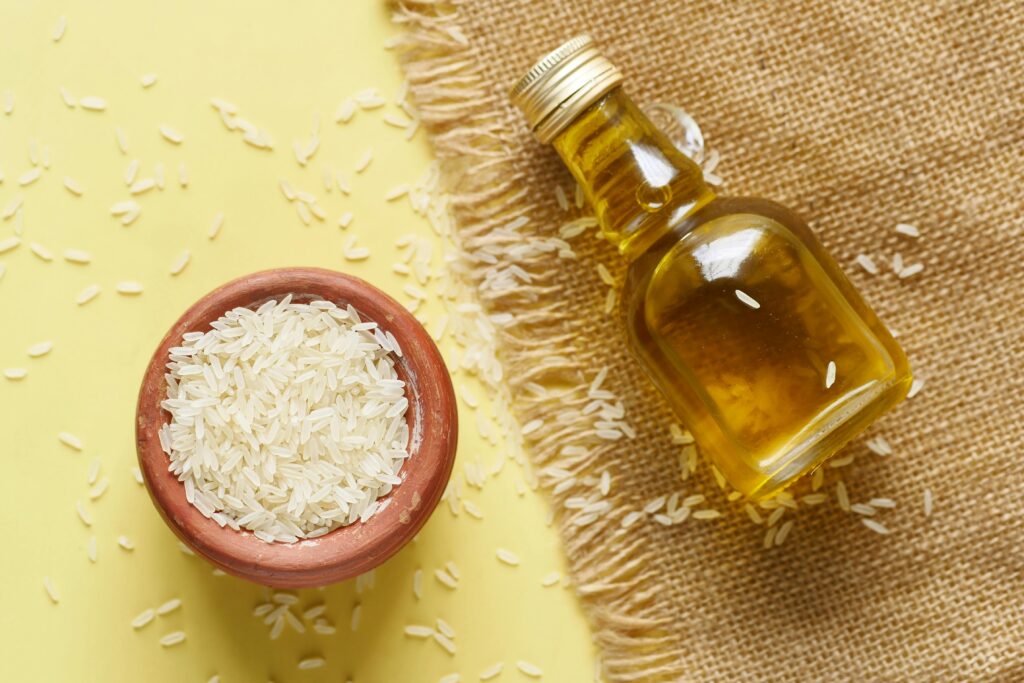
Cleaning bottles or vases with narrow necks can be frustrating, but uncooked rice makes it simple. Add a small handful of rice, a bit of warm water, and a drop of dish soap into the container. Swirl vigorously, and the grains act as a gentle scrub that removes stuck-on residue. This method works especially well for glass or ceramic pieces where brushes can’t reach. After rinsing thoroughly, the bottle looks sparkling clean without scratches. It’s a cheap, clever, and highly effective trick for awkward-shaped items.
3. Remove Pet Hair with a Rubber Glove
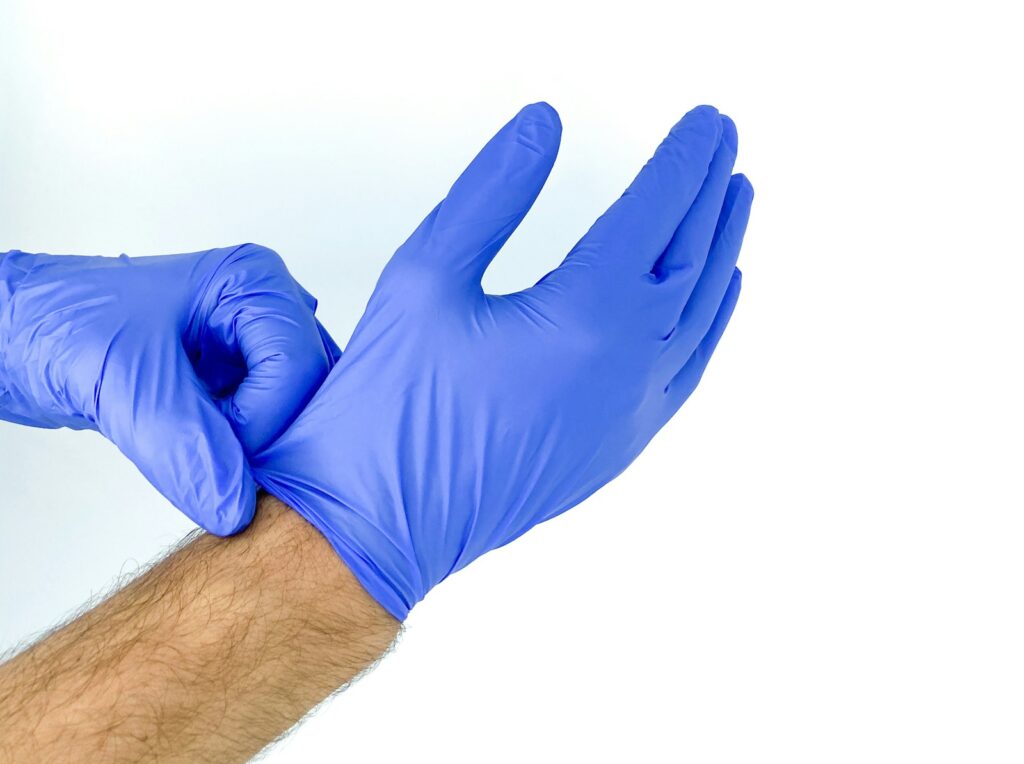
Pet owners know how difficult it is to remove hair from furniture. A simple rubber glove, like the kind used for dishes, can help. Put the glove on, dampen it slightly, and run your hand over surfaces. The hair sticks to the glove due to static electricity, leaving sofas, carpets, and clothes much cleaner. This method works even better on textured fabrics and can save hours compared to vacuuming alone. It’s also gentle on furniture and doesn’t require any expensive tools.
4. Use Vinegar and Newspaper to Clean Windows
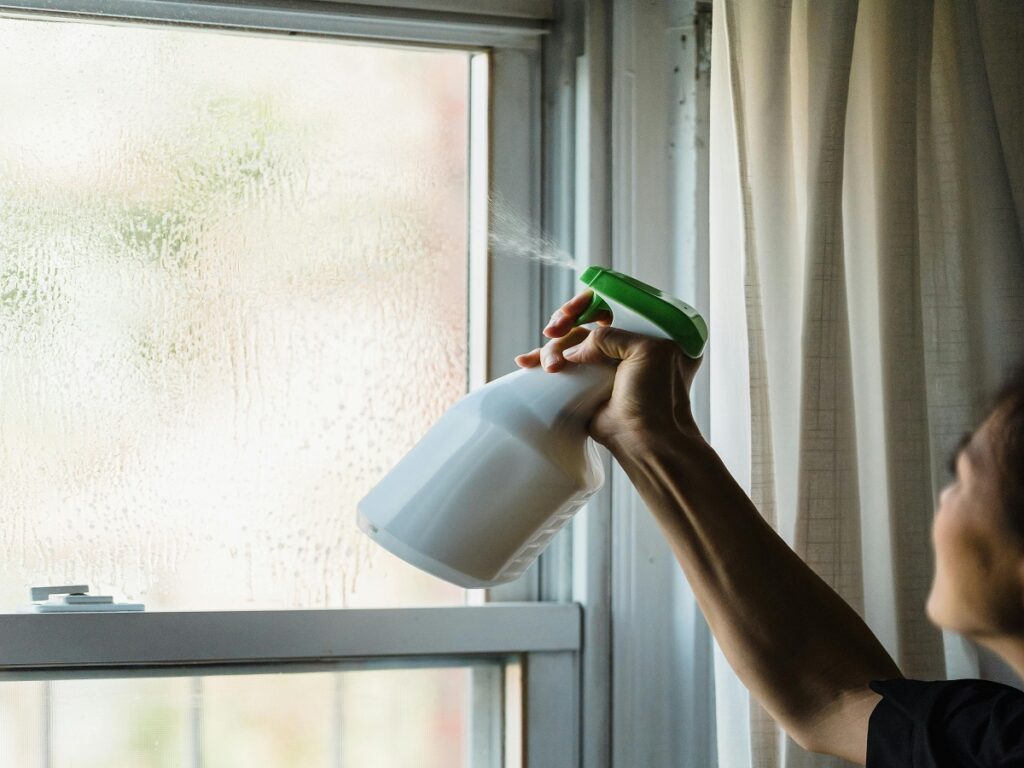
Glass cleaners are common, but vinegar and newspaper often work better and are streak-free. Mix equal parts water and vinegar in a spray bottle, apply to the window, and wipe with crumpled newspaper. The newspaper leaves no lint behind and absorbs moisture efficiently. This method is safer for the environment, reduces chemical use, and produces sparkling, clear windows. Many homeowners are surprised at how well this simple approach works compared to expensive commercial cleaners.
5. Lemon Juice to Brighten Grout
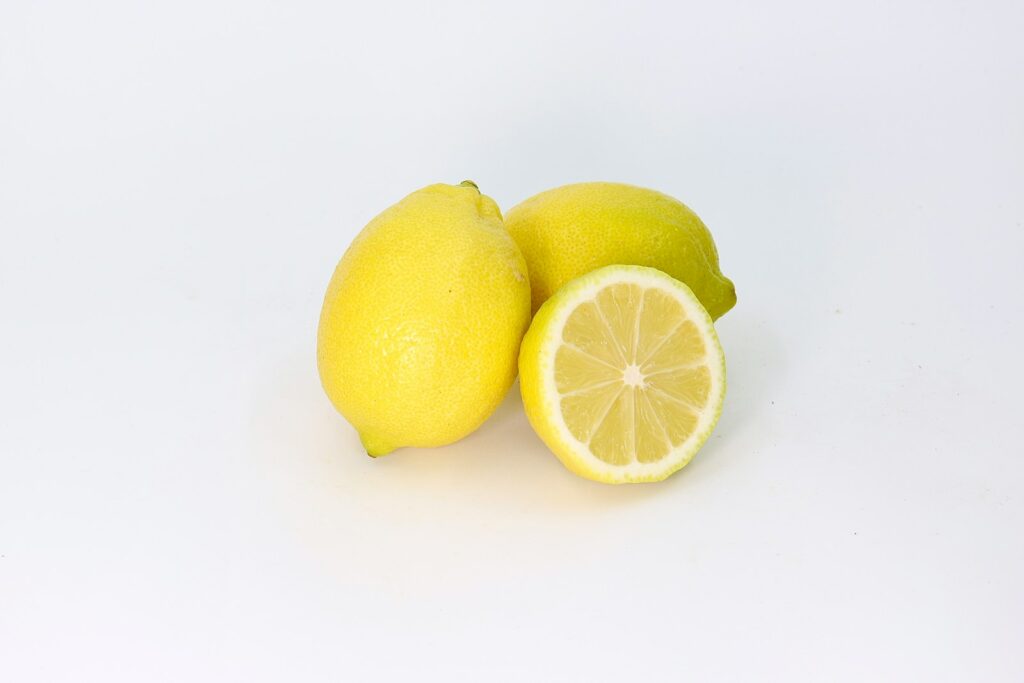
Grout can become dull or stained over time, but lemon juice provides a natural solution. Apply fresh lemon juice to the grout lines, let it sit for a few minutes, then scrub with a toothbrush. The mild acidity breaks down stains and lifts dirt, leaving grout cleaner and fresher. Lemon also leaves a subtle, pleasant scent. This method avoids harsh chemicals while still achieving a noticeable difference. For heavily stained areas, combining lemon juice with baking soda enhances its cleaning power.
6. Coffee Filters for Dusting Electronics
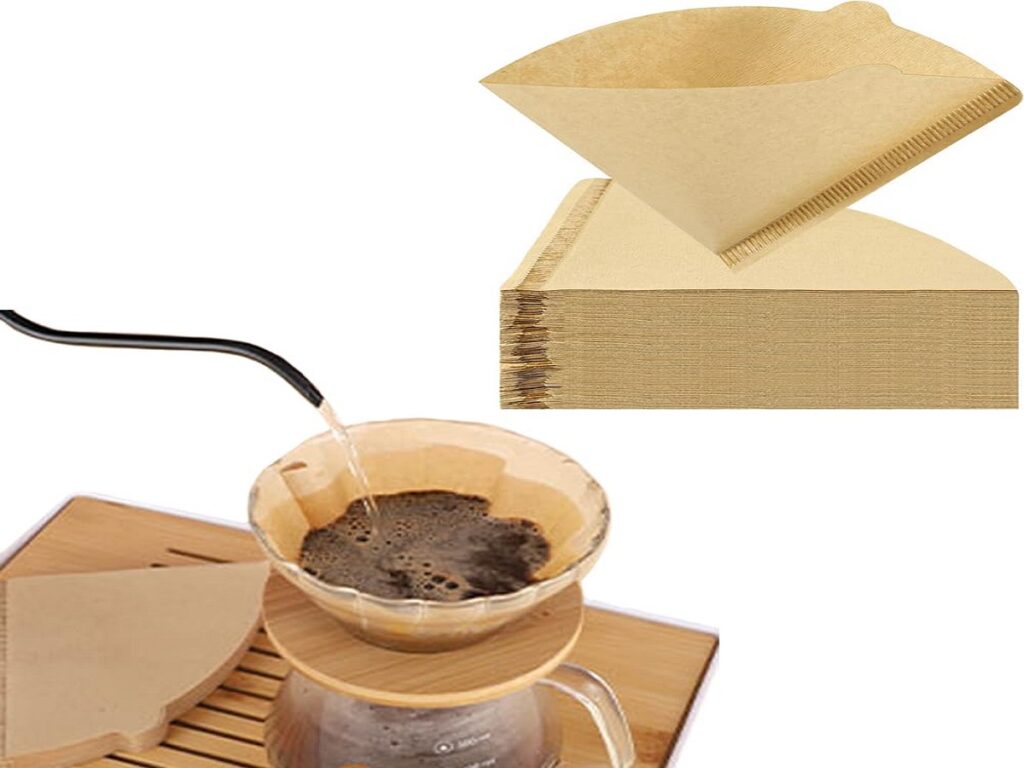
Microfiber cloths are common, but coffee filters are an unusual alternative for cleaning electronics. They’re soft, lint-free, and perfect for delicate surfaces like screens, keyboards, and cameras. Simply wipe surfaces gently, and the filters remove dust and smudges without scratching. Coffee filters are also disposable, so there’s no need to wash or risk cross-contamination. Many people find this tip surprisingly effective, especially for small crevices where traditional dusters can’t reach.
7. Baking Soda to Refresh Carpets
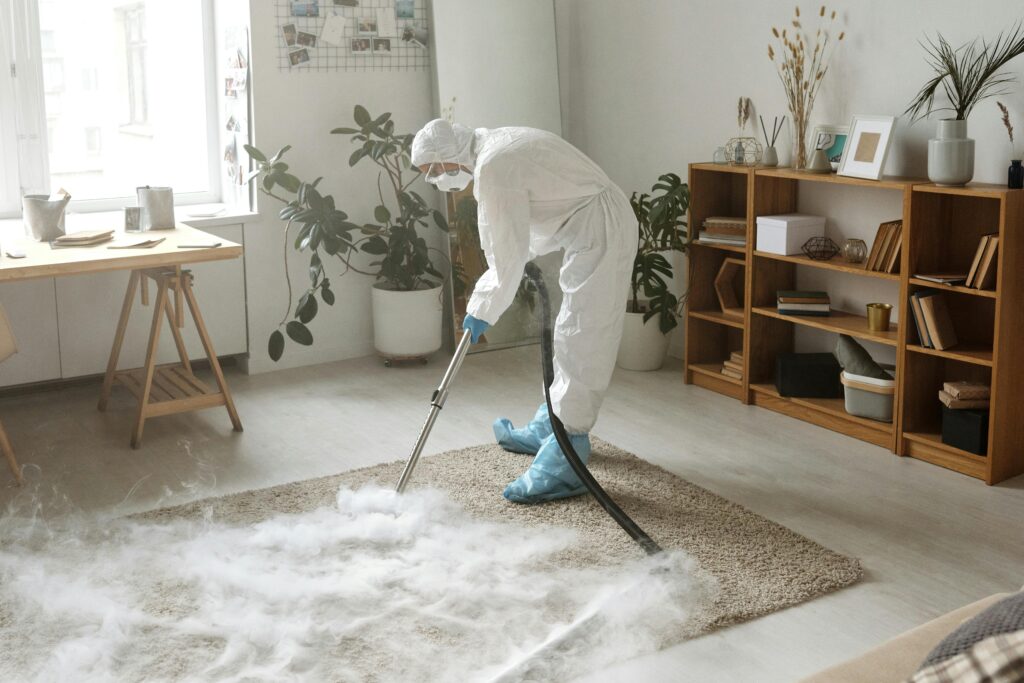
Carpets absorb odors and dirt over time, but baking soda can make them feel new again. Sprinkle a generous layer on the carpet, leave it for 15-30 minutes, and then vacuum thoroughly. Baking soda neutralizes odors and loosens dirt particles. It’s particularly effective in high-traffic areas and around pet zones. This method avoids chemical-laden carpet cleaners while being safe for children and pets. Regular use not only cleans but also prolongs carpet life and maintains a fresher home environment.
8. Toothpaste for Small Scratches on Furniture
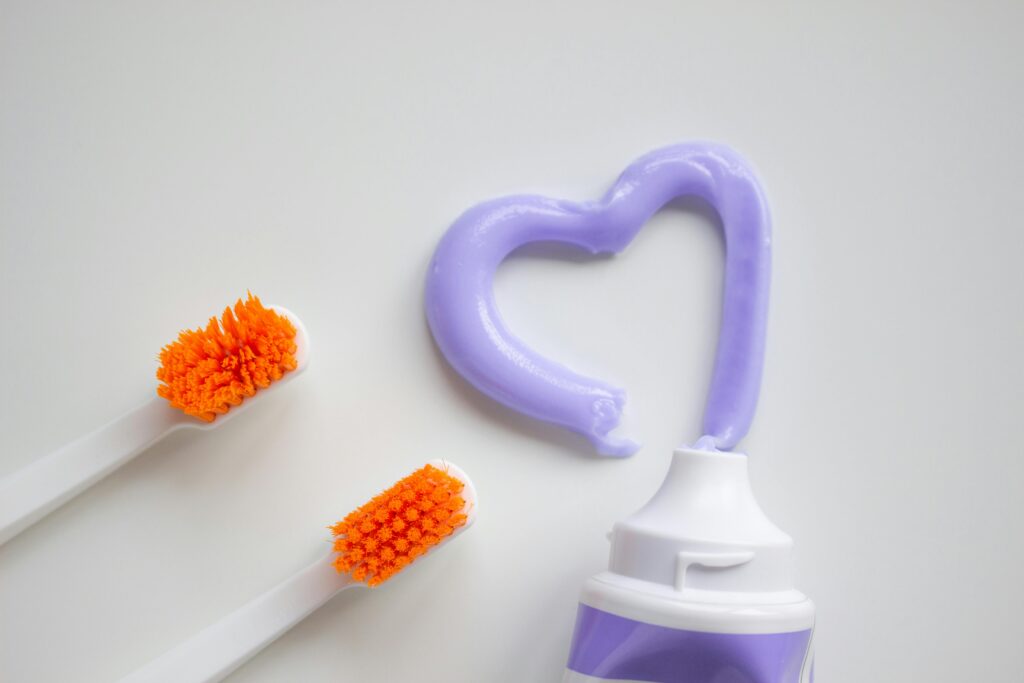
Minor scratches on wooden furniture are irritating, but a non-gel white toothpaste can help. Apply a small amount to the scratch, rub gently with a soft cloth in circular motions, and wipe off the excess. Toothpaste mildly polishes the surface, blending scratches with the surrounding area. It’s an affordable, immediate solution for small cosmetic imperfections. While it doesn’t replace professional refinishing, this trick works surprisingly well for light scratches and worn spots on tables, chairs, and cabinets.
9. Dryer Sheets to Remove Dust from Baseboards
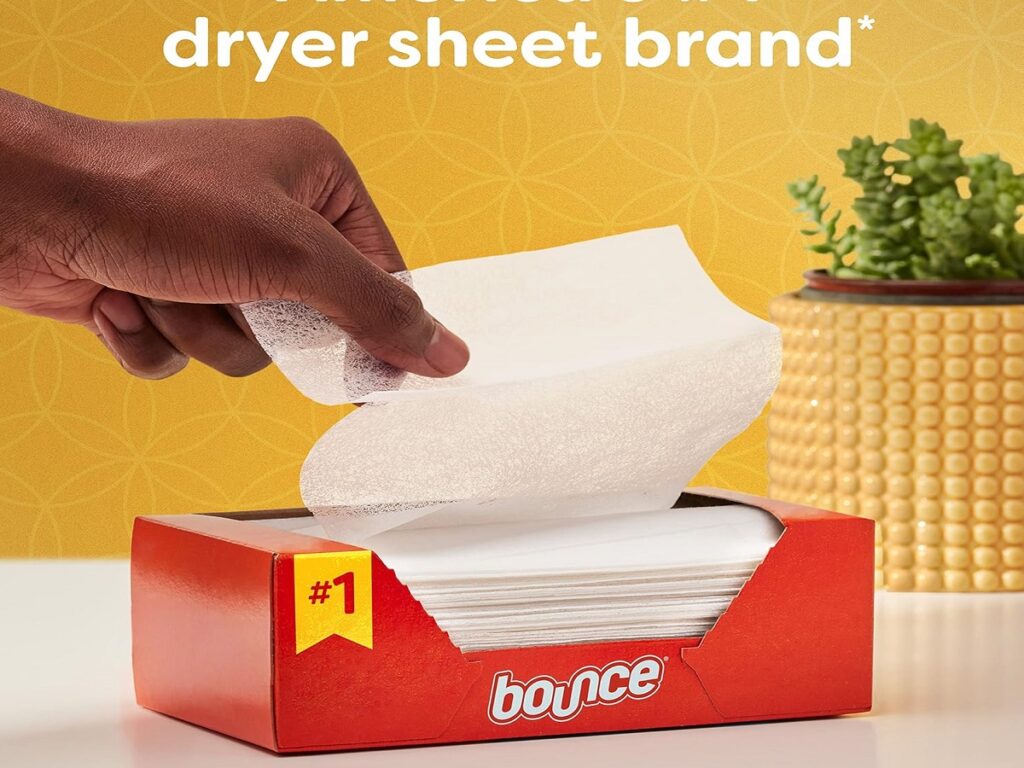
Dusting baseboards is a never-ending task, but dryer sheets make it easier. Simply rub a dryer sheet along the boards; it lifts dust and leaves behind a subtle static barrier that repels dirt. This reduces the frequency of cleaning and keeps baseboards looking cleaner longer. Dryer sheets are soft, safe on painted surfaces, and more efficient than traditional cloths. It’s a clever hack that turns a tedious chore into a quick, almost effortless task, saving time while achieving a polished look.
10. Use a Pillowcase to Clean Ceiling Fans
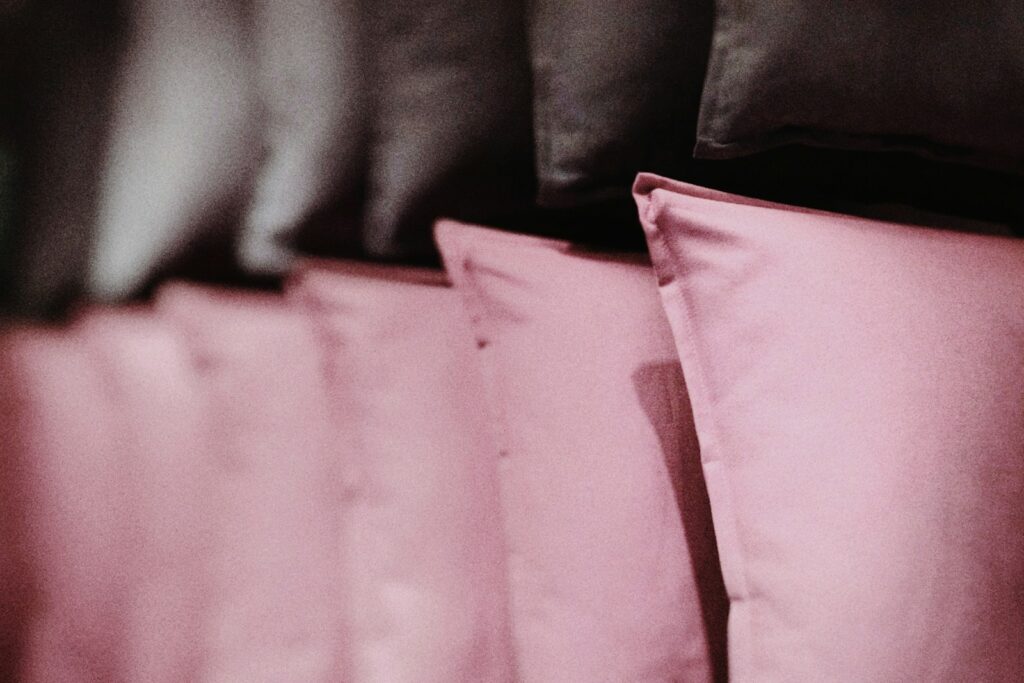
Cleaning ceiling fan blades can be messy, with dust falling everywhere. A pillowcase offers a clever solution. Slip the pillowcase over each blade and wipe, trapping dust inside the case. This prevents debris from falling onto furniture or floors. It’s a surprisingly simple method that reduces cleanup time afterward and works on all fan types. Many people overlook this hack, but it’s an effective, low-cost alternative to using dusters that scatter dust or require ladders and extensive effort.
11. Ketchup for Polishing Copper
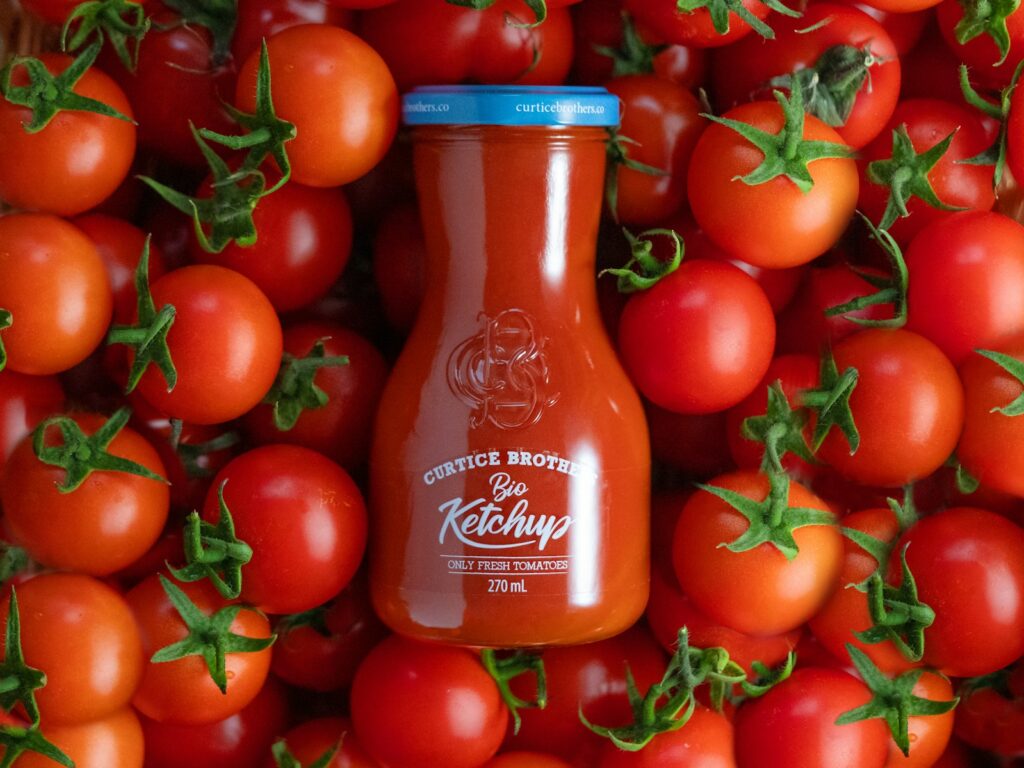
Copper pots and decorative items can tarnish, but ketchup contains mild acids that polish effectively. Apply a thin layer, let it sit for a few minutes, then rinse and buff with a soft cloth. The combination of acids and fine texture removes tarnish and restores shine. This unconventional trick is safer than harsh metal cleaners and widely accessible. While it might sound strange, many households have found it works exceptionally well, providing a brilliant shine without expensive or abrasive products.
12. Potato to Remove Rust Stains
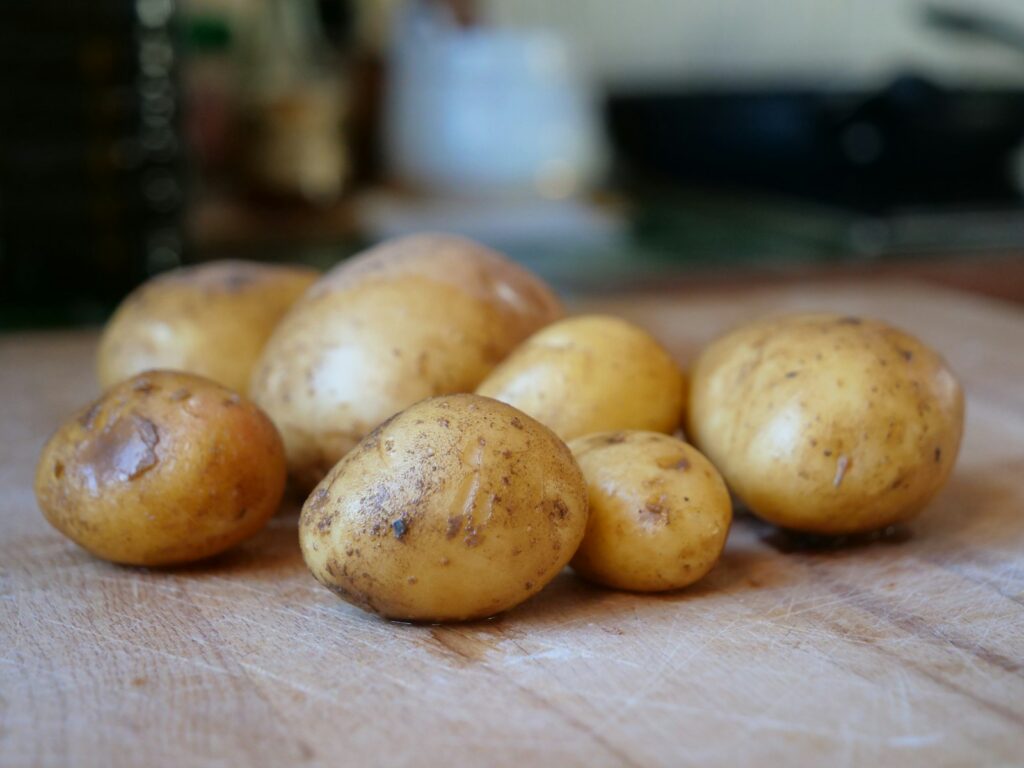
Rust stains on tools, sinks, or even kitchenware can be persistent. A raw potato cut in half, rubbed over the stain with a bit of salt, can help lift rust. The oxalic acid in the potato softens rust, making it easier to scrub away. It’s a natural, inexpensive method that avoids harsh chemicals. This technique is particularly useful for small items and stains, giving old tools and kitchen items a refreshed appearance. Many DIY enthusiasts swear by this surprisingly effective hack.
13. Club Soda to Clean Upholstery Stains
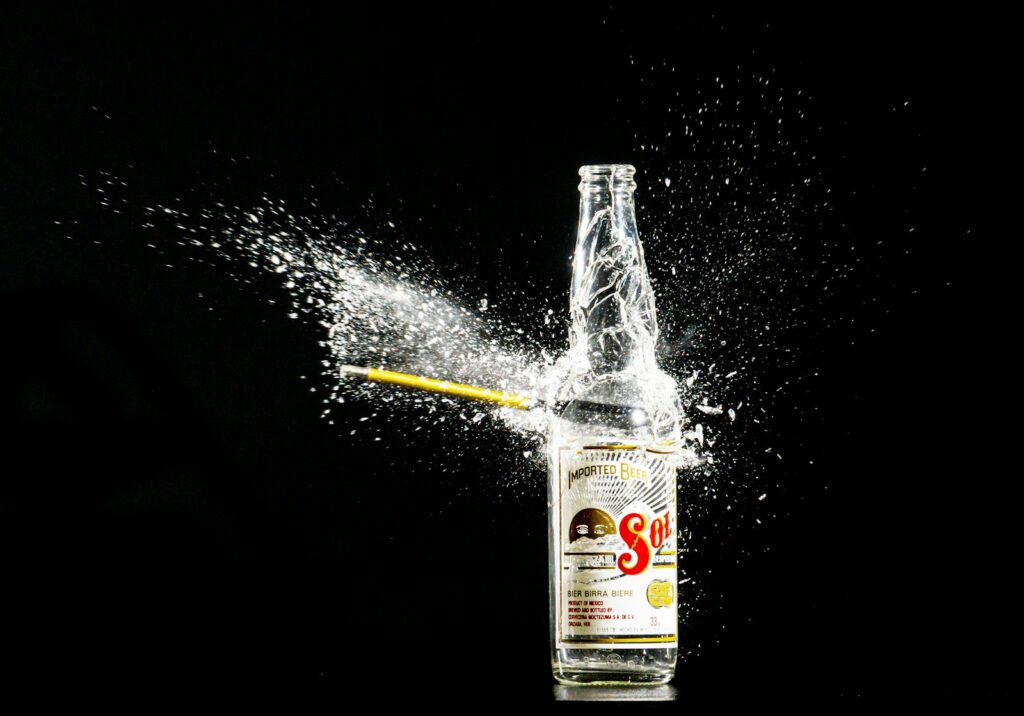
Upholstery stains from spills can be tricky, but club soda provides a quick and effective solution. Simply blot the stained area with a clean cloth soaked in club soda, and gently rub until the stain begins to lift. The carbonation helps break down particles, while the mild acidity works to loosen dirt and residue. This trick is especially helpful for wine, coffee, or food stains that tend to set quickly. It’s inexpensive, safe on most fabrics, and avoids the need for strong chemical cleaners.
14. Onion to Remove BBQ Grill Residue
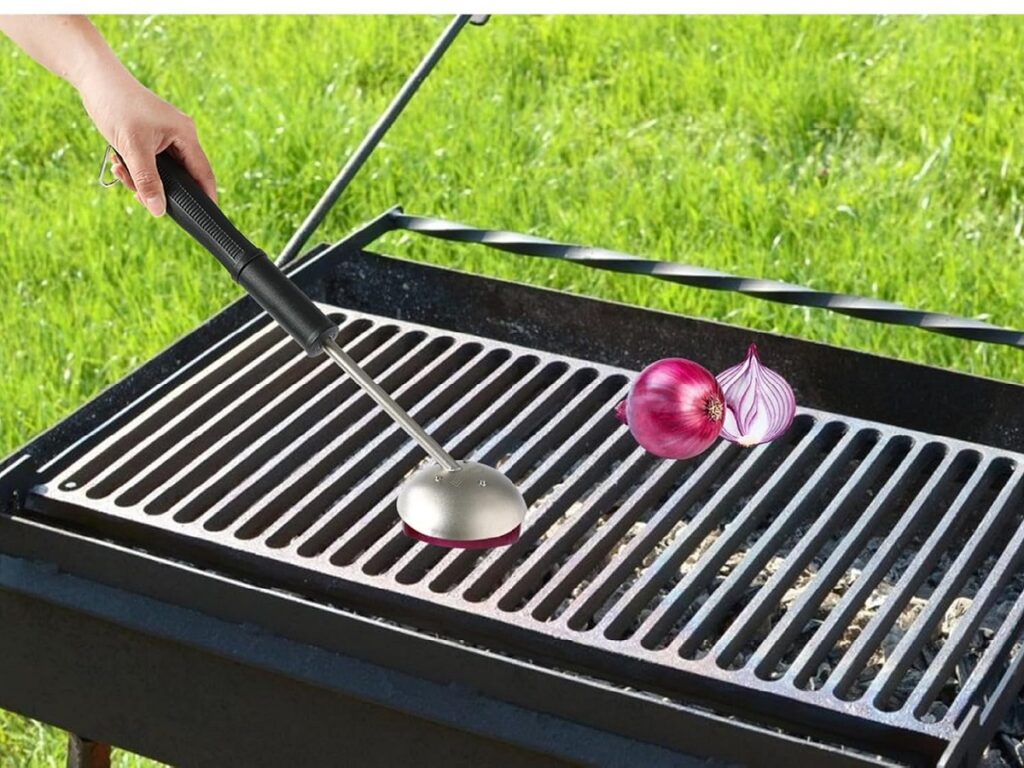
Cleaning a barbecue grill can be tough, but an onion can do the job naturally. Heat the grill slightly, then rub a halved onion over the grates using a fork. The natural acids and moisture help loosen stuck-on food and grease. This method avoids harsh chemical cleaners and adds a subtle, pleasant aroma. It’s surprisingly effective for maintaining grills and reducing the effort required for deep cleaning sessions. Many grill enthusiasts have adopted this as a quick, natural solution for post-cookout cleanup.
Comments